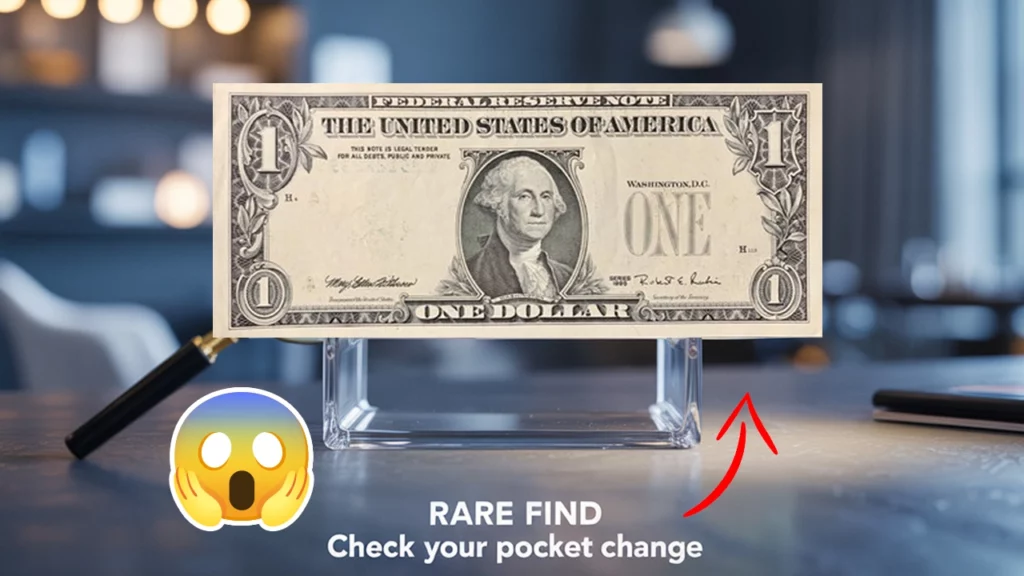Imagine paying for a burger with a five-dollar bill, only to find out later that the same bill could have been worth thousands. Sounds unbelievable, right? Yet that’s exactly the case with one of the most fascinating currency errors still circulating today—the 1995 $5 bill with an inverted seal.
This quirky printing mistake has turned what should be just another Lincoln bill into a coveted collector’s prize. Here’s how to spot one and why it might just be the hidden treasure sitting in your wallet.
Why the Inverted Seal Is So Valuable
Normally, the green Department of the Treasury seal printed on the right side of the bill sits perfectly upright. But on some 1995 series notes, the seal was accidentally printed upside down. That slip-up, caused by a misaligned printing sheet, created one of the rarest modern paper money errors.
Because these bills were released into circulation before the mistake was caught, only a small number exist today. And collectors love them. Depending on condition, a genuine inverted seal $5 bill can fetch anywhere from a few hundred dollars to over $2,000 at auction.
How to Spot the 1995 $5 Inverted Seal
Check the Series
Look for “Series 1995” to the left of Abraham Lincoln’s portrait. That’s the only run where this specific inverted seal error is known.
Inspect the Treasury Seal
This is the big giveaway. On a regular $5, the green Treasury seal is upright. If yours looks tilted, rotated, or completely upside down, you could be holding the real deal.
Verify Authenticity
Scammers have been known to fake errors. Compare your bill to a standard $5 to make sure it isn’t just altered or damaged. True inverted seals are genuine printing mistakes.
Condition Counts: What Yours Might Be Worth
Just like rare coins, condition makes or breaks the value of paper money. Collectors grade bills from “Good” all the way to “Crisp Uncirculated.” Here’s a ballpark of what you could expect:
| Grade | Estimated Value |
|---|---|
| Good to Very Fine | $100 – $500 |
| Extremely Fine | $600 – $1,200 |
| Uncirculated | $1,500 – $2,500+ |
A crisp, clean bill with no folds or stains could make the difference between pocket change and a serious payday.
Where People Have Found Them
Believe it or not, these error notes haven’t all vanished into private collections. People have discovered them in gas station change, at fast-food counters, and even straight out of ATM machines. In 2021, one sold for nearly $1,900 at auction.
It’s proof that valuable money isn’t always hidden away—it’s still circulating in everyday life.
What to Do If You Find One
If you’re lucky enough to come across a 1995 $5 bill with an inverted seal:
- Don’t spend it.
- Take clear photos for documentation.
- Get it authenticated by a trusted service like PMG or PCGS Currency.
- Consider selling it at auction or through a reputable U.S. currency dealer.
Final Thoughts: Your Wallet Could Be Hiding Treasure
Error notes like the 1995 $5 inverted seal are part accident, part history, and part artistry. They remind us that even in a world of machines and precision, mistakes still slip through—and sometimes those mistakes are worth a fortune.
So next time you’re about to hand over a five, pause for a second. That little green seal could be upside down—and that upside-down detail might just turn your $5 bill into a four-figure windfall.
